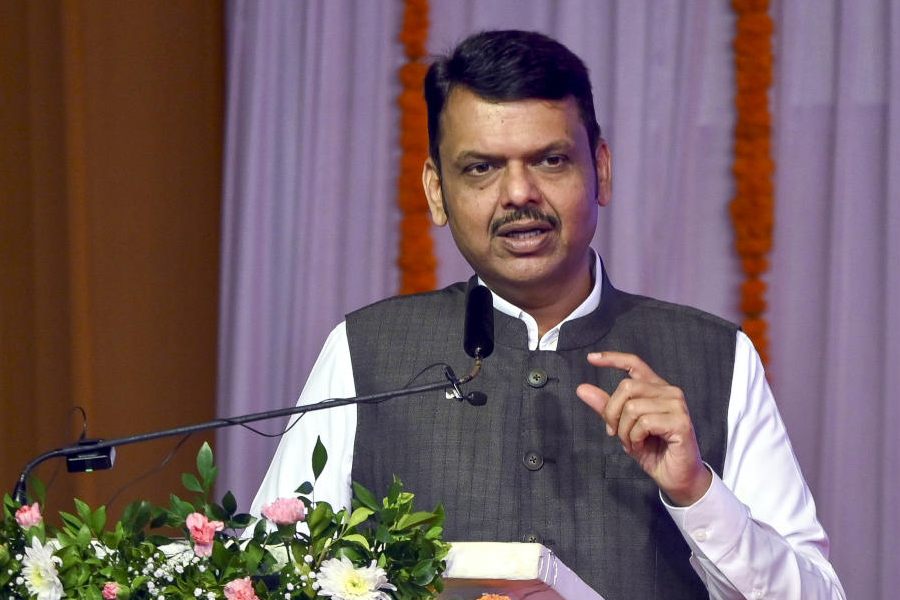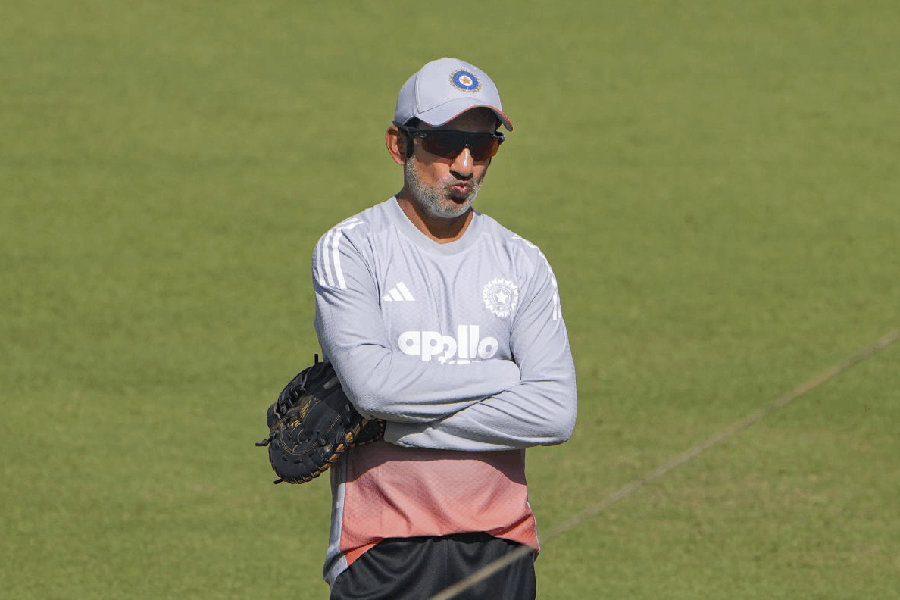India’s anti-satellite test 283km over the Bay of Bengal had been specially designed to minimise debris risk to the International Space Station (ISS) that was at the time 120km higher over the North Atlantic, the country’s chief defence research scientist said on Saturday.
Scientists with the Defence Research and Development Organisation had conducted extensive computer simulations ahead of the March 27 test to pick an altitude and orientation of the hit to minimise debris risk to the ISS or any other space asset, said DRDO chairman G. Satheesh Reddy.
In the test, the DRDO used a three-stage interceptor missile equipped with a “hit-to-kill” vehicle that was launched from its research complex off the coast of Odisha to seek and destroy an Indian satellite 283km above the Earth.
The head of the US National Aeronautics and Space Administration Jim Bridenstine had said earlier this week that India’s anti-satellite test had created 24 debris pieces that rise higher than the ISS and increased the small debris impact to the ISS by 44 per cent.
Reddy said the simulations by the DRDO had shown that the debris from the test will fall back and burn up in the atmosphere within 45 days. “We also designed the angle and orientation of the interceptor-satellite hit to minimise debris flying into higher orbits,” Reddy said.
While India first tested an interceptor missile for a ballistic missile defence system in 2006, discussions on a possible anti-satellite test began in 2014. The DRDO also said on Saturday that it had received approval for the test from the Prime Minister Narendra Modi in 2016.
The interceptor missile India has designed can, if needed, also hit satellites in orbits of up to 1,000km, Reddy said. “But the test has met its design objectives and we do not need another test in these orbits,” he said.
He said all the critical technology components for the interceptor missile test had been developed indigenously by Indian laboratories or procured from domestic industries with about 90 per cent of the technology fully homegrown. But the DRDO had to procure certain devices not manufactured in India yet.











